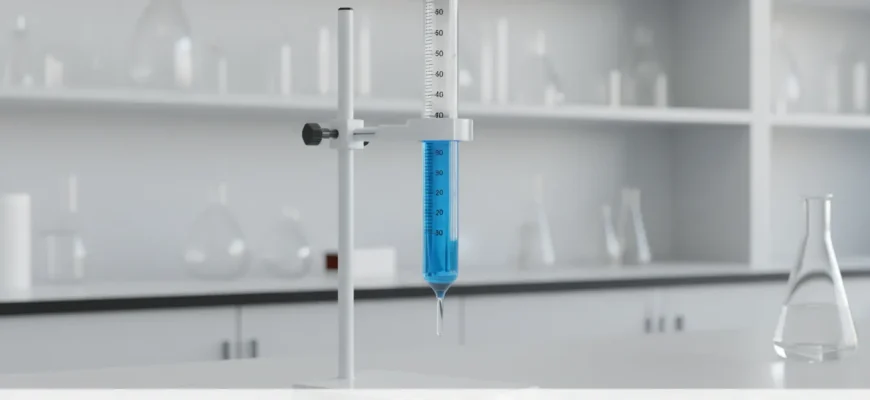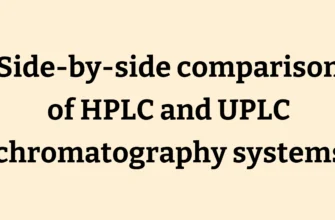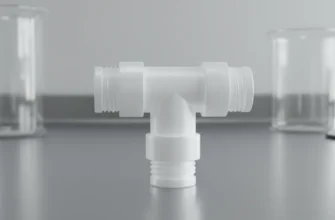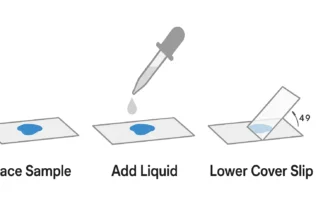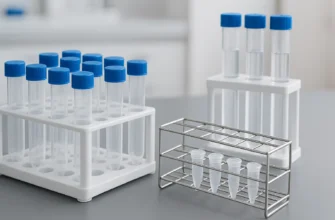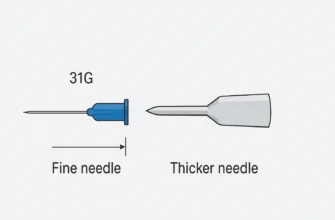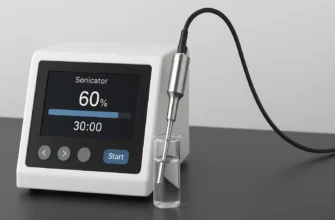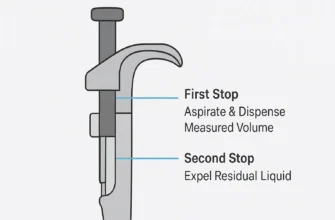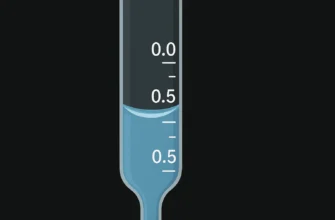Affordable Burette Price: Where to Find the Best Deals
Key Highlights
Burette prices are primarily influenced by material type, with durable borosilicate glass models typically costing more than shatter-resistant plastic alternatives.
Capacity in milliliters and precision class (A for high accuracy or B for general use) significantly affect pricing for this vital lab tool.
Stopcock variations, including PTFE for smooth operation or traditional glass for basic needs, impact both performance and cost.
Comparing established brands like Eisco Labs and Corning reveals price gaps of up to 300% for comparable items.
Savings opportunities include bulk purchases, ongoing promotions, and evaluating total costs including shipping from suppliers.
Introduction
Selecting cost-effective lab equipment is essential for maintaining operational efficiency in scientific settings. Burettes, fundamental for accurate volumetric analysis in titrations, exhibit price variability based on design and sourcing. This updated guide examines pricing determinants such as materials, brands, and capacities, while highlighting 2025 deals to support informed buying decisions for labs worldwide.
Key Factors Affecting Burette Cost
Burette pricing fluctuates widely due to core attributes like material composition, volume capacity, and calibration standards critical for precise measurements.
These elements ensure compatibility with lab demands, from routine education to advanced research.
Grasping them enables budget-aligned selections without sacrificing reliability.
Material Differences: Glass vs. Plastic Burettes
Glass burettes, often crafted from borosilicate for superior thermal and chemical resistance, command higher prices due to their longevity in harsh conditions.
They endure autoclaving and aggressive solvents, justifying the investment for professional use.
Plastic burettes, usually acrylic, provide economical shatterproof options ideal for teaching environments or fieldwork.
Though less versatile with certain reagents, they reduce replacement expenses in high-traffic areas.
Choose based on application: glass for precision durability, plastic for affordability and safety.
Impact of Capacity and Accuracy
Larger capacities like 100mL exceed 50mL models in cost owing to increased material and calibration efforts.
A 100mL Class A burette typically ranges from $60 to $100, versus $35 to $50 for 50mL equivalents.
Micro burettes for specialized low-volume work carry premiums for their intricate construction.
Class A offers NIST-traceable precision with tolerances around ±0.05mL for 50mL, costing 30-50% more than Class B’s ±0.10mL allowance.
Class B suits educational or non-critical tasks, with 50mL units priced at $10 to $15.
Comparing Popular Burette Brands
Reputable producers like Corning and DWK Life Sciences (Kimble) adhere to ISO 385 and ASTM standards for consistent performance.
Eisco Labs balances quality and value, appealing to budget-conscious buyers.
These brands dominate through rigorous testing and material excellence.
Price Variations by Brand and Quality
Premium brands like Corning emphasize warranties and certifications, elevating costs for assured precision in demanding applications.
Eisco provides reliable alternatives at lower entry points, often 50-70% below luxury options.
Distributors such as Fisher Scientific enable cross-platform comparisons for optimal value.
Reputation correlates with pricing, but mid-tier choices like Eisco suffice for most needs.
| Brand | Class | Approx. Price (50mL) | Notes |
|---|---|---|---|
| Eisco Labs | A | $36-41 | Borosilicate, PTFE stopcock |
| Generic | B | $10-15 | Borosilicate, glass/pinch clip |
| Corning PYREX | A | $200-310 | Durable markings, PTFE plug |
| DWK Kimble | A | $150-250 | Includes dust caps, serialized |
Cost of Different Stopcock Types
PTFE stopcocks enhance leak-proof operation without lubrication, adding $10-20 to prices for their chemical inertness.
They simplify maintenance and reduce contamination risks in routine use.
Glass stopcocks, cheaper but requiring grease, suit low-frequency applications despite potential sticking issues.
Modern PTFE designs from Eisco or Corning justify the slight premium for efficiency.
Top Retailers and Online Marketplaces
Major outlets like Fisher Scientific stock diverse brands with robust inventories.
Specialists such as Lab Depot and Eisco’s site focus on value-driven selections.
Evaluate total expenses including shipping, as these can alter perceived savings.
Finding Reliable Deals and Promotions
Suppliers frequently feature sales on essential glassware; subscribe to alerts for timely notifications.
Programs like Fisher Scientific’s New Lab Start-Up offer up to 70% off for qualifying setups.
Clearance items on overstock provide deep discounts on certified stock.
-
Fisher Scientific: Special offers and clearance for up to 25% off select burettes.
-
Eisco Labs: Direct competitive pricing with bundle options.
-
Lab Depot: Frequent promotions on volumetric tools.
Bulk Discounts, Second-Hand, and Shipping
Bulk orders yield 20-40% per-unit reductions from suppliers like Thermo Fisher.
GSA/VA contracts extend further savings for institutional buyers.
Second-hand options via eBay or Machinio sell used units at 50-70% below new prices, provided inspection confirms condition.
Free shipping thresholds (e.g., over $50 at some sites) offset costs effectively.
-
Negotiate bulk rates directly with vendors.
-
Verify eligibility for government pricing.
-
Source used from surplus sales, checking for integrity.
-
Opt for flat-rate shipping deals.
Conclusion
Navigating burette costs involves weighing materials, accuracy, and sourcing strategies for optimal value.
Leveraging 2025 promotions and bulk options from trusted retailers minimizes expenses while upholding quality.
Equipped with this knowledge, labs can procure reliable equipment efficiently for sustained productivity.
Frequently Asked Questions
Average Price for 50mL Class A Burette
A 50mL Class A burette averages $35-60, varying by brand, stopcock, and certification like ASTM E287.
Higher-end models from Corning exceed $200 for enhanced features.
Saving with Second-Hand Burettes
Second-hand burettes can cut costs by 50%, available on platforms like eBay, but require checks for damage to ensure accuracy.
Refurbished certified units from surplus maintain reliability at reduced rates.
Seasonal Sales from Major Stores
Fisher Scientific and Lab Depot run quarterly promotions, including end-of-fiscal deals up to 70% off.
Holiday newsletters highlight timely discounts on precision glassware.

